Introduction:
In the kaleidoscopic realm of contemporary fashion, streetwear stands as a dynamic tapestry woven from the threads of individual expression, cultural resonance, and digital connectivity. The convergence of streetwear and the digital age has birthed a cultural phenomenon that transcends geographical boundaries, inviting enthusiasts from diverse corners of the globe to participate in an ever-evolving dialogue of style. This article embarks on a journey into the heart of this transformative landscape, unraveling the intricate relationship between streetwear, influencers, social media platforms, and the vibrant online communities that have become the virtual street corners of the digital era.
In the ever-evolving landscape of fashion, street wear has emerged as a cultural force that transcends traditional boundaries. In the digital age, the symbiotic relationship between street wear and the online realm has given rise to a dynamic ecosystem fueled by influencers, social media platforms, and online communities. This article delves deep into the intersection of street wear and the digital landscape, exploring how influencers, the power of social media, and the sense of community have become integral components shaping the contemporary streetwear scene.
Some Absolutely Jaw Dropping Streetwear In Digital Age Inspirations For You:
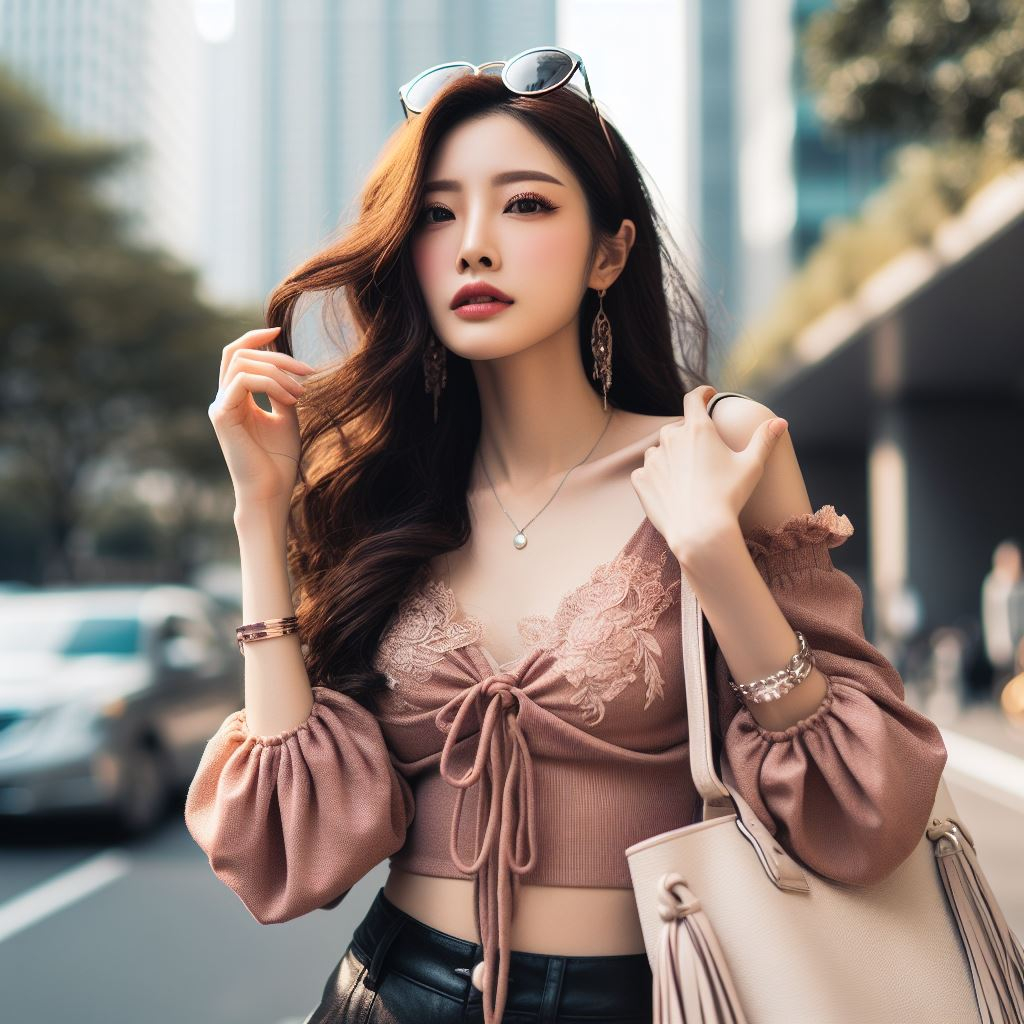
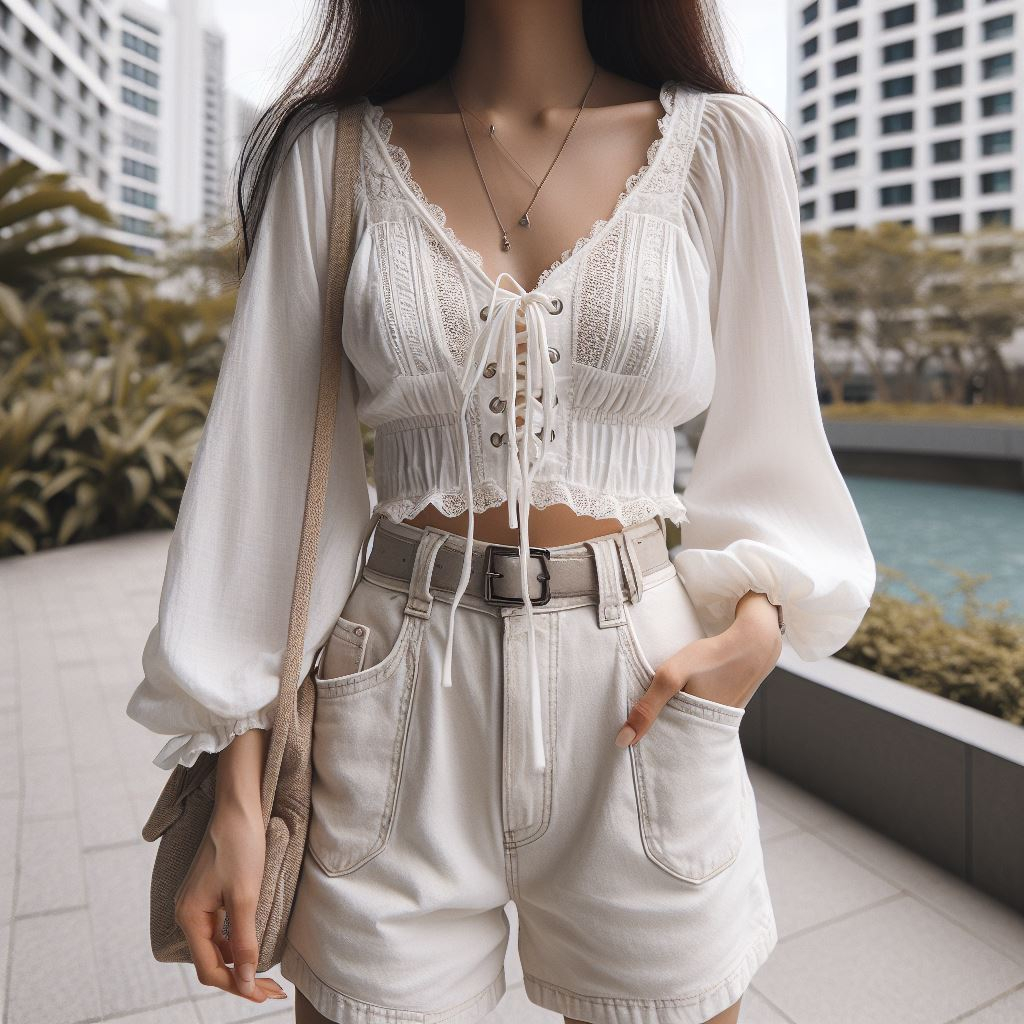
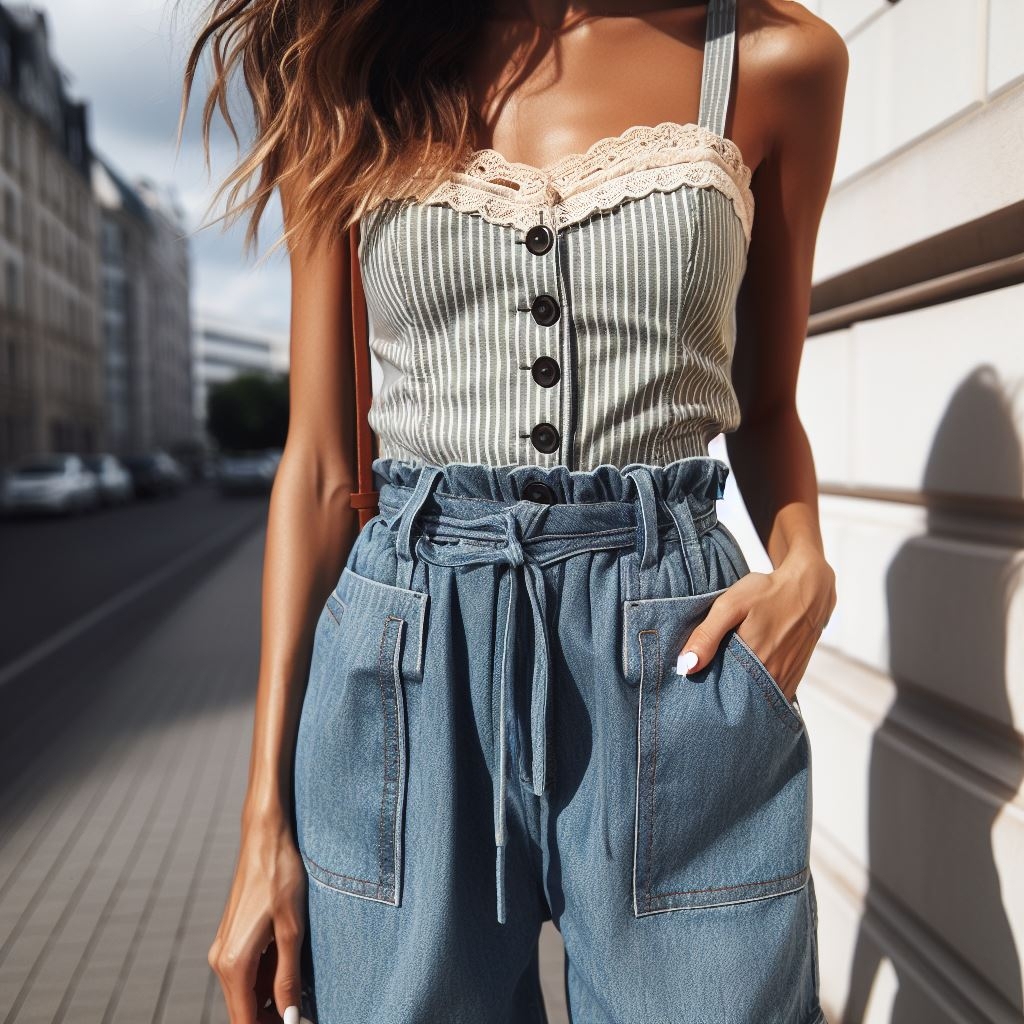
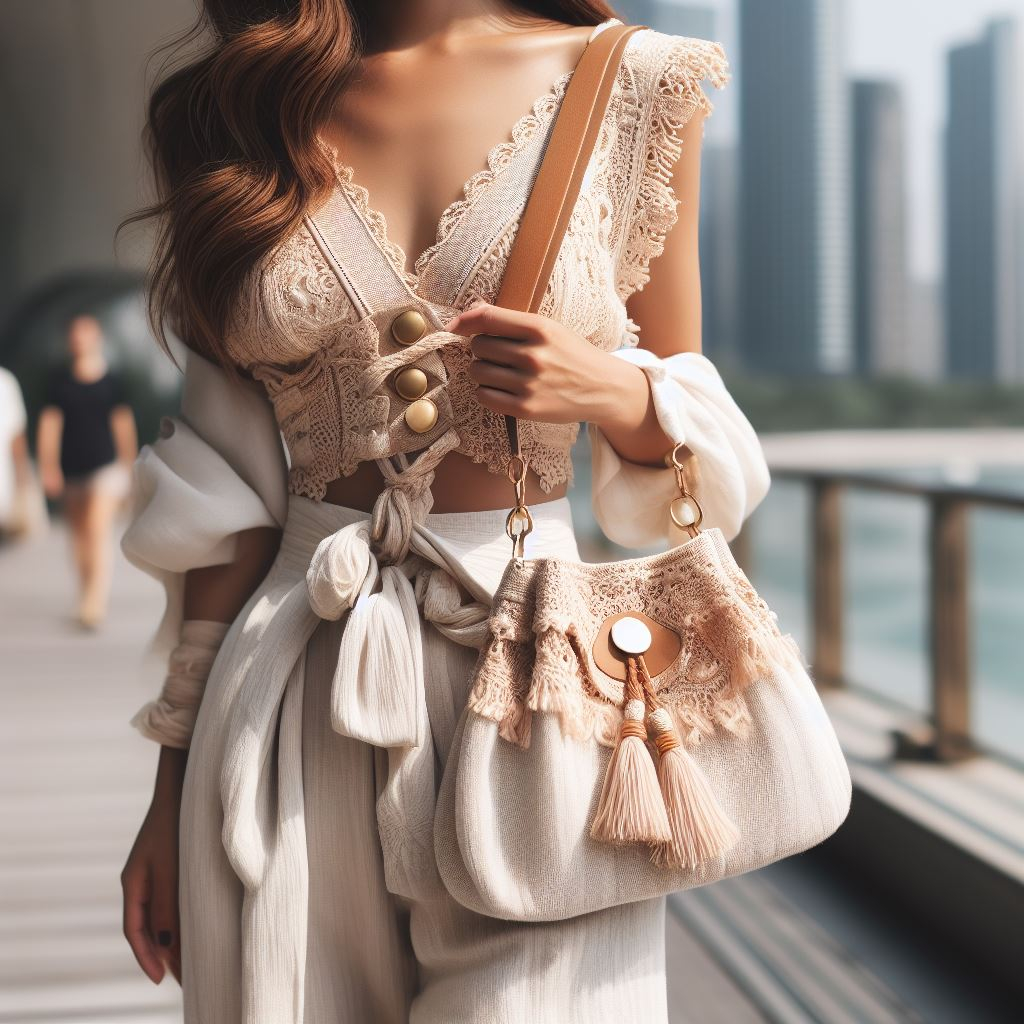
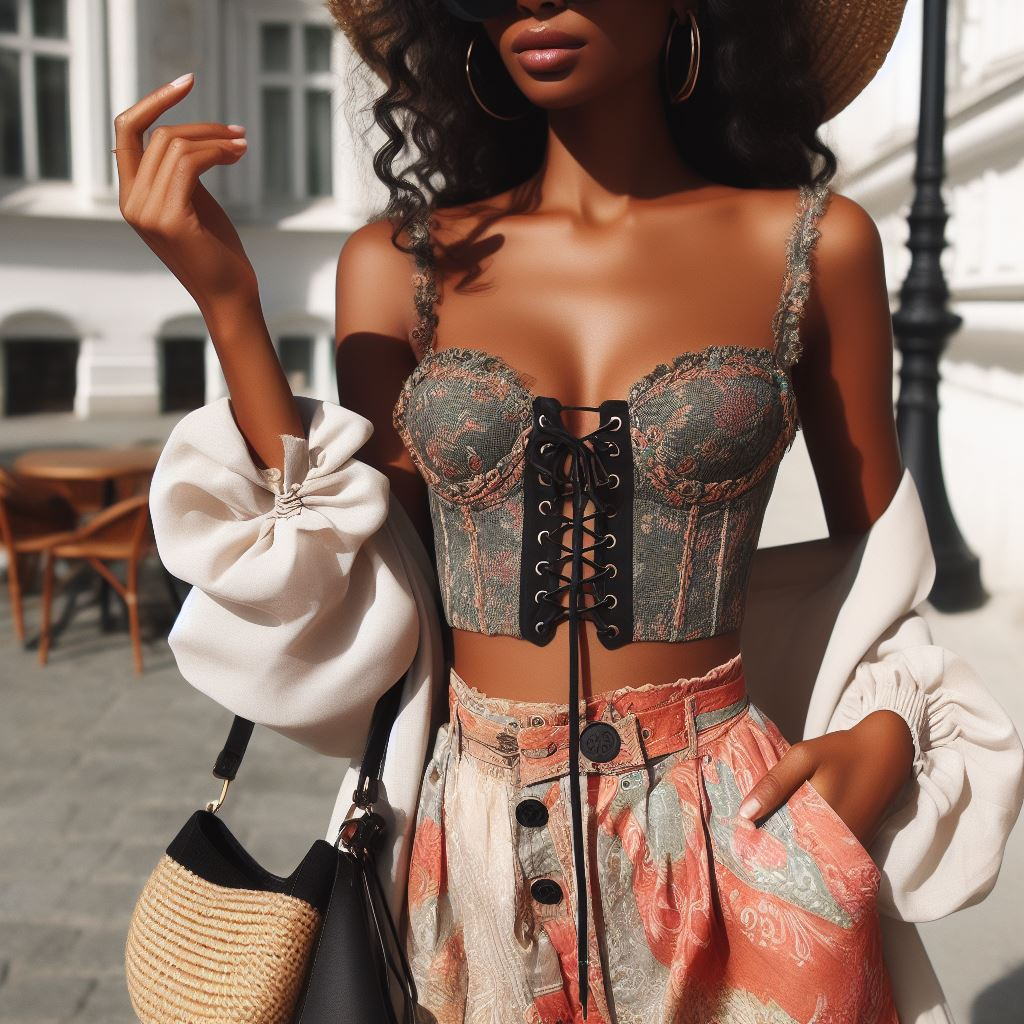
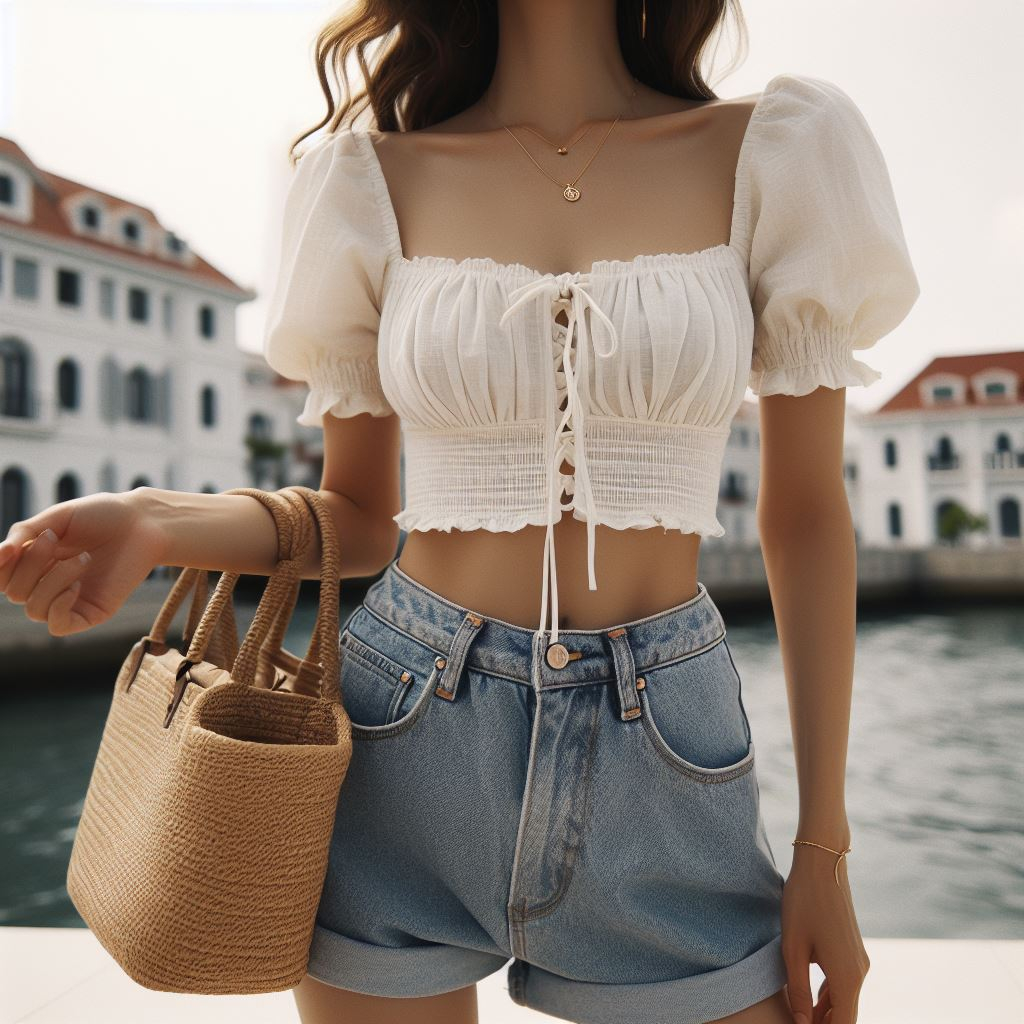
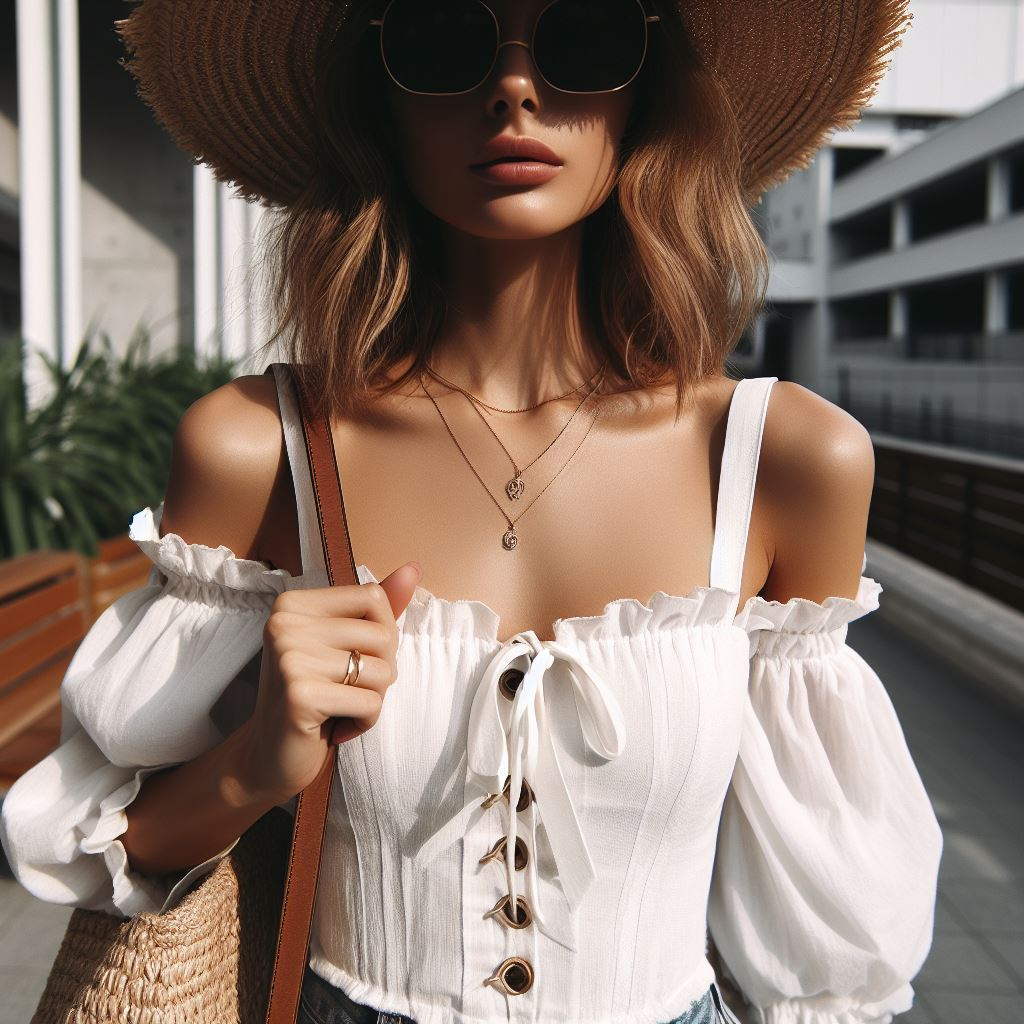

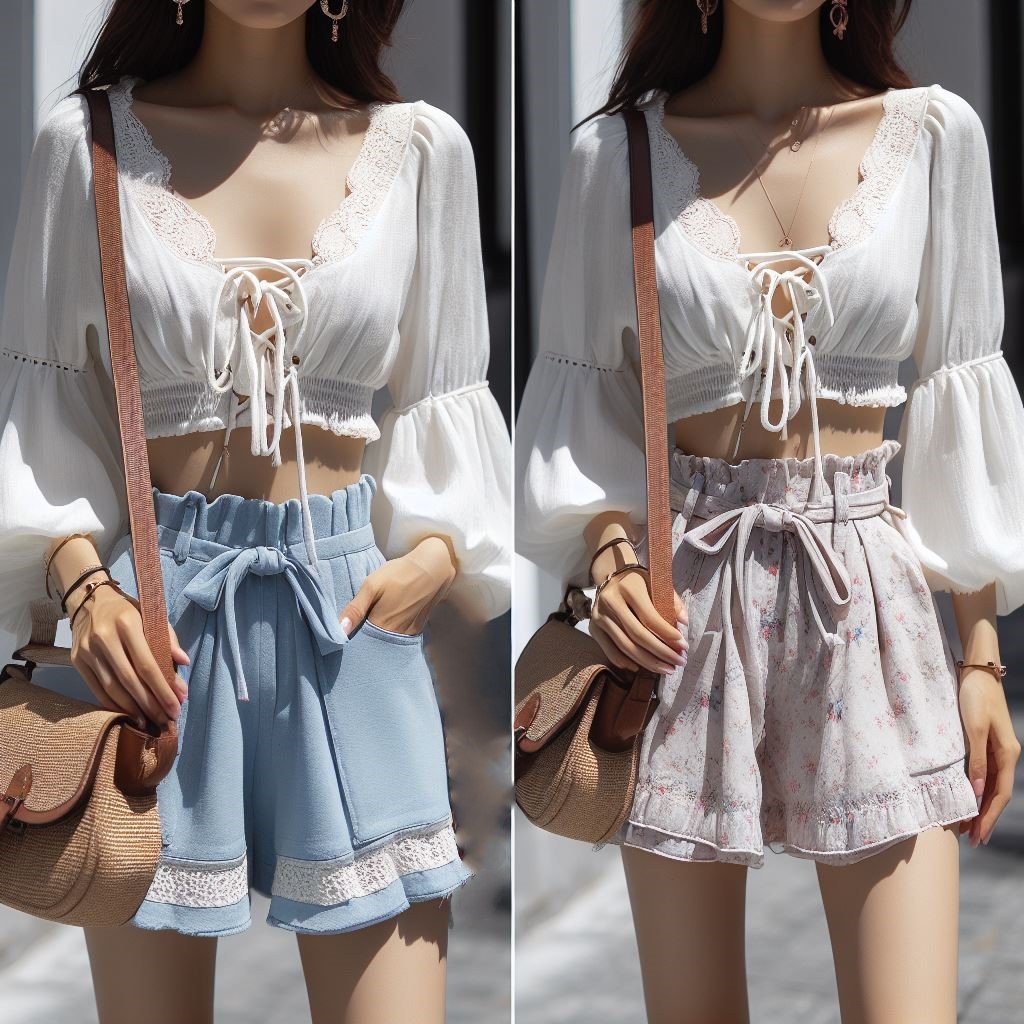
The Evolution of Streetwear: From Pavements to Pixels
Streetwear, once synonymous with urban landscapes and subcultural niches, has undergone a metamorphosis in the digital age. What was once confined to city pavements, local skate parks, and underground scenes has now become a global cultural force, amplified by the connectivity of the digital realm. Street wear is no longer confined to physical spaces; it thrives in the boundless expanse of the internet, where influencers, social media, and online communities converge to shape its narrative.
1. The Rise of Digital Tastemakers: Influencers as Cultural Architects
At the forefront of this evolution are influencers – digital architects who have redefined the very essence of streetwear. These tastemakers, armed with keen sartorial instincts and a knack for visual storytelling, have become the conduits through which streetwear trends are disseminated. From the raw energy of street corners to meticulously curated Instagram feeds, influencers seamlessly translate the ethos of street wear into a language that resonates globally. Their influence extends beyond mere style; they are the architects of cultural shifts, the curators of aesthetic movements, and the bridge between the tangible and the digital.
2. Social Media Platforms: The New Streets of Expression
The streets of the digital age are paved with pixels, and the walls are adorned with the visual narratives of streetwear enthusiasts. Social media platforms, especially Instagram, TikTok, and Twitter, have become the urban landscapes where streetwear finds new expressions. Instagram serves as the canvas where individual styles are painted and shared, TikTok injects dynamic movement into fashion narratives, and Twitter transforms into the bustling street corner where trends are dissected and debated. These platforms are not just tools; they are the streets where the global community of street wear enthusiasts struts its stuff, shaping and reshaping the ever-evolving identity of streetwear.
3. Digital Street Corners: Online Communities and Collective Expression
In the virtual metropolis of street wear, online communities function as the contemporary street corners – the spaces where enthusiasts gather to exchange ideas, showcase their latest finds, and engage in the vibrant discourse that defines the culture. Platforms like Reddit, Hypebeast forums, and Discord servers act as the meeting points for diverse voices, fostering a sense of community that transcends physical borders. These digital street corners are where trends are born, collaborations germinate, and a collective identity thrives.
The Symbiosis of Influencers and Brands: From Collaborations to Cultural Impact
The impact of street wear in the digital age extends beyond personal expression; it permeates the very fabric of the fashion industry. Influencers, with their ability to bridge the gap between individuality and commerciality, have become instrumental in reshaping the landscape of brand collaborations. These collaborations are not mere marketing endeavors; they are cultural phenomena that redefine the relationship between creators, consumers, and the brands that adorn their bodies. The intersection of influencers and brands creates a symbiotic relationship where cultural impact is as significant as commercial success.
1. Redefining Fashion Partnerships: The Authenticity Quotient
Collaborations between influencers and street wear brands are more than strategic partnerships; they are narratives woven from threads of authenticity. Influencers lend their unique voices to brands, and, in turn, brands amplify the individuality of influencers. These collaborations redefine what it means to merge personal style with commercial endeavors, emphasizing the authenticity quotient as the driving force behind their resonance.
2. The Ripple Effect: Streetwear’s Cultural Impact
The impact of these collaborations extends beyond the immediate realm of fashion. They create ripples in the cultural pond, influencing the way individuals perceive and engage with streetwear. Limited-edition releases, exclusive drops, and the storytelling woven into each collaboration contribute to a cultural tapestry that goes beyond the tactile nature of clothing. The collaboration becomes an experience, a moment in time, and a testament to the transformative power of streetwear in the digital age.
What is Streetwear in today’s Digital Era?
Streetwear, once relegated to niche subcultures, has undergone a transformative journey from the streets to the screens. The advent of the internet and social media platforms has democratized fashion, allowing street wear to flourish beyond geographic constraints. Social media has become the new street corner—a virtual space where styles are flaunted, trends are born, and communities converge.
1. Influencers: Shaping Style Narratives
The rise of social media influencers has been a defining aspect of the digital age’s impact on streetwear. These individuals, often with a keen eye for style and a knack for content creation, have become tastemakers shaping the narrative of street fashion. From curated Instagram feeds to YouTube vlogs and TikTok snippets, influencers use diverse platforms to showcase their unique interpretations of streetwear, fostering a sense of connection with their audiences.
In the realm of street wear influencers, figures like Aimee Song, Jerry Lorenzo, and Aleali May have not only gained massive followings but have also collaborated with brands, solidifying their influence on trends. Their ability to seamlessly blend personal style with brand partnerships has created a new form of marketing, where authenticity and relatability are paramount.
2. Social Media Platforms: The Runways of the Digital Age
Instagram, TikTok, and Twitter have become the digital runways for street wear enthusiasts. Instagram, in particular, has emerged as a visual diary where streetwear enthusiasts showcase their outfits, drawing inspiration from global trends. The platform’s visual nature allows for a quick dissemination of styles, contributing to the rapid pace at which trends rise and fall within the streetwear community.
TikTok, with its short-form videos, has added a dynamic dimension to the streetwear conversation. Users create engaging content, including outfit challenges, styling tips, and behind-the-scenes glimpses of their fashion journeys. This platform’s algorithm-driven discoverability has propelled emerging streetwear creators into the limelight, fostering a democratized space for trendsetting.
Twitter, known for its real-time conversations, serves as a virtual street corner where enthusiasts discuss drops, critique fashion shows, and engage in debates about the industry’s direction. The platform’s immediacy allows for an instantaneous exchange of ideas, contributing to the fluid nature of streetwear trends.
3. Online Communities: From Street Corners to Digital Hubs
While social media platforms offer a broad stage, online communities provide the intimate, niche spaces where streetwear enthusiasts congregate. Platforms like Reddit, Hypebeast forums, and Discord servers have become digital versions of the street corners where enthusiasts once gathered to share their latest finds and discuss emerging trends.
Reddit’s streetwear subreddit, for example, has evolved into a hub where users share their outfits, discuss new releases, and seek advice on styling. The anonymity of the platform fosters candid conversations, allowing users to express opinions freely and contribute to the collective knowledge of the community.
Discord, a chat platform, has given rise to streetwear-specific servers where enthusiasts engage in real-time conversations. These servers often host virtual events, including drop notifications, collaborative outfit challenges, and Q&A sessions with influencers, creating a sense of camaraderie among members.
The Power of Influencer Collaborations
In the digital age, collaborations between streetwear influencers and brands have become pivotal in shaping trends and influencing consumer behavior. These partnerships transcend traditional advertising, offering a more authentic and relatable connection with the audience. Brands leverage influencers’ credibility and reach to amplify their message, while influencers gain access to a broader audience and often contribute to the creative process.
1. Elevating Streetwear Brands: The Influence of Collaborations
Collaborations between influencers and streetwear brands elevate both parties, creating a synergy that resonates with the audience. Whether it’s a limited-edition sneaker release, a curated capsule collection, or a collaborative fashion show, these partnerships generate buzz, drive sales, and set trends in motion.
The Off-White x Nike collaboration, curated by designer Virgil Abloh, exemplifies the transformative impact of influencer collaborations. The partnership not only revitalized the Nike brand but also solidified Abloh’s status as a streetwear icon. Limited drops and exclusive collaborations have become a driving force behind the hype culture prevalent in streetwear today.
2. Redefining Luxury: Influencers and High-End Streetwear
The intersection of streetwear and high-end fashion has been redefined through influencer collaborations with luxury brands. Streetwear influencers often blend high and low fashion seamlessly, challenging traditional notions of luxury. This fusion has led to the democratization of luxury, making high-end fashion more accessible to a wider audience.
Influencers like Chiara Ferragni and Bryanboy have been at the forefront of merging streetwear with luxury, partnering with prestigious brands and gracing the front rows of fashion weeks. Luxury brands recognize the influence these individuals wield and actively seek collaborations to stay relevant in the ever-changing landscape of digital fashion.
Navigating Hype Culture: Drops, Reselling, FOMO and the Pulse of Exclusivity
Hype culture, characterized by the anticipation, exclusivity, and fervor surrounding limited releases, has become intrinsic to streetwear in the digital age. Influencers play a significant role in driving hype, participating in drops, and contributing to the sense of urgency that surrounds coveted items. The culture of reselling has also emerged as a lucrative market, with resellers leveraging social media platforms to connect with potential buyers.
1. The Impact of Drops: Digital Frenzy and Consumer FOMO
Streetwear drops, whether from independent brands or major collaborations, have become cultural phenomena amplified by the digital age. The anticipation leading up to a drop, often teased by influencers and brands on social media, creates a sense of urgency and exclusivity. Digital platforms serve as the battleground where enthusiasts vie for coveted items, contributing to a digital frenzy marked by high demand and limited supply.
The fear of missing out (FOMO) intensifies the competitive nature of drops, with influencers often at the forefront of showcasing their latest acquisitions. The cycle of drops and resales perpetuates the hype culture, turning each release into a spectacle that transcends the digital realm and spills over into real-world conversations.
Some More Stunning Streetwear In Digital Age Inspirations For You:
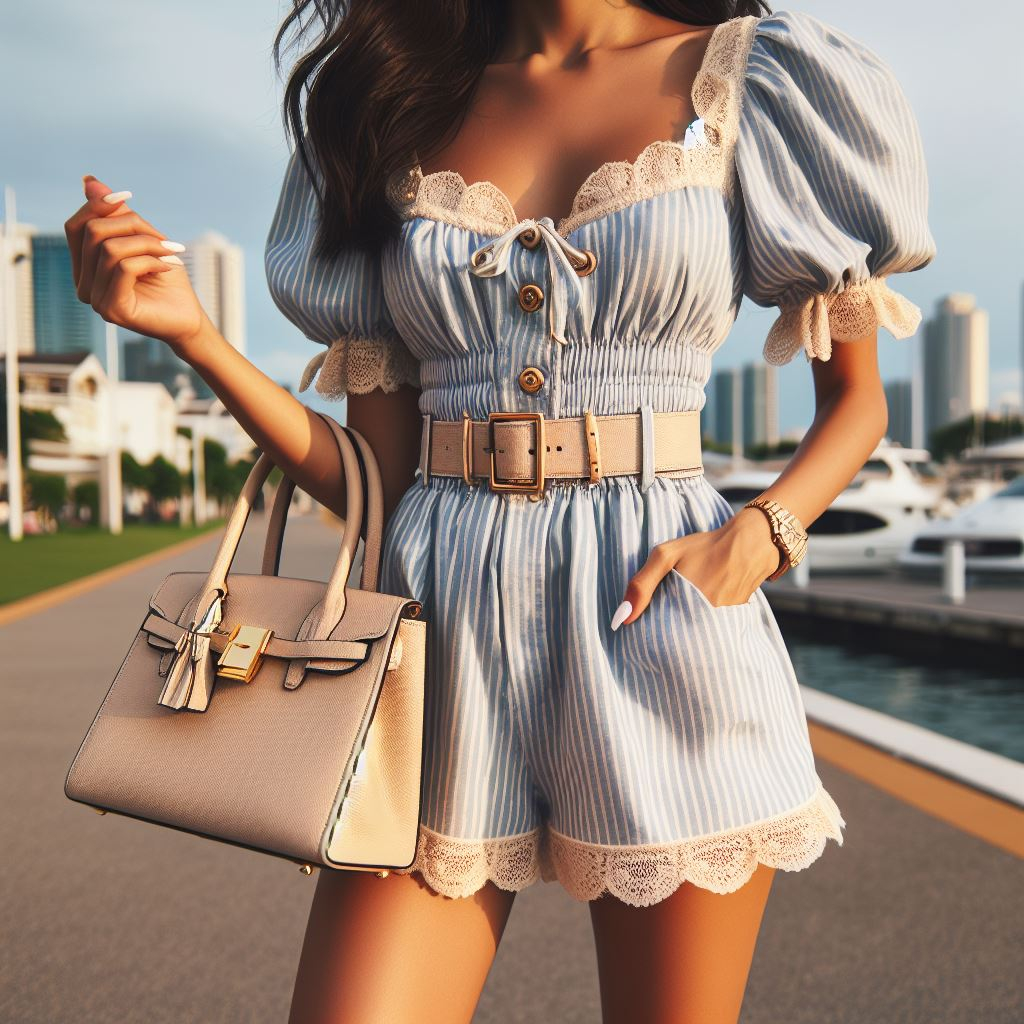
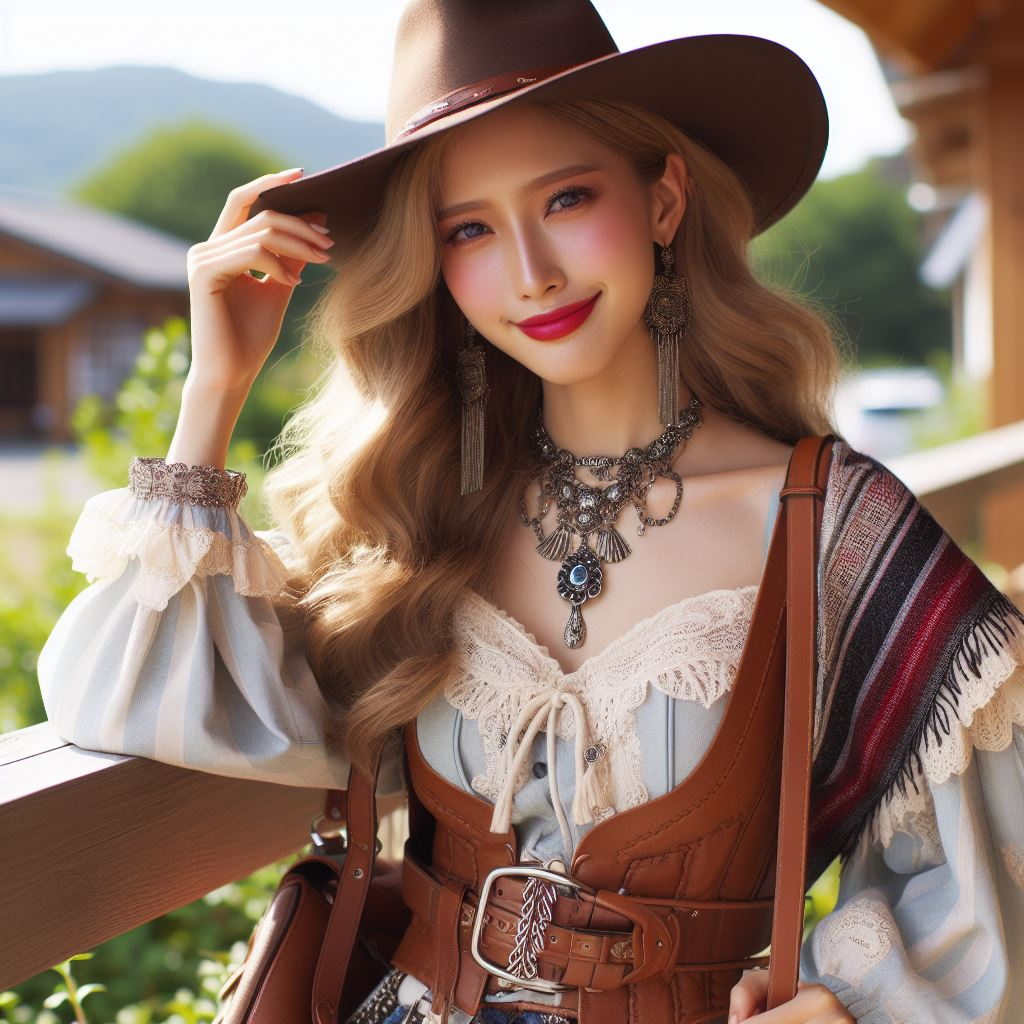
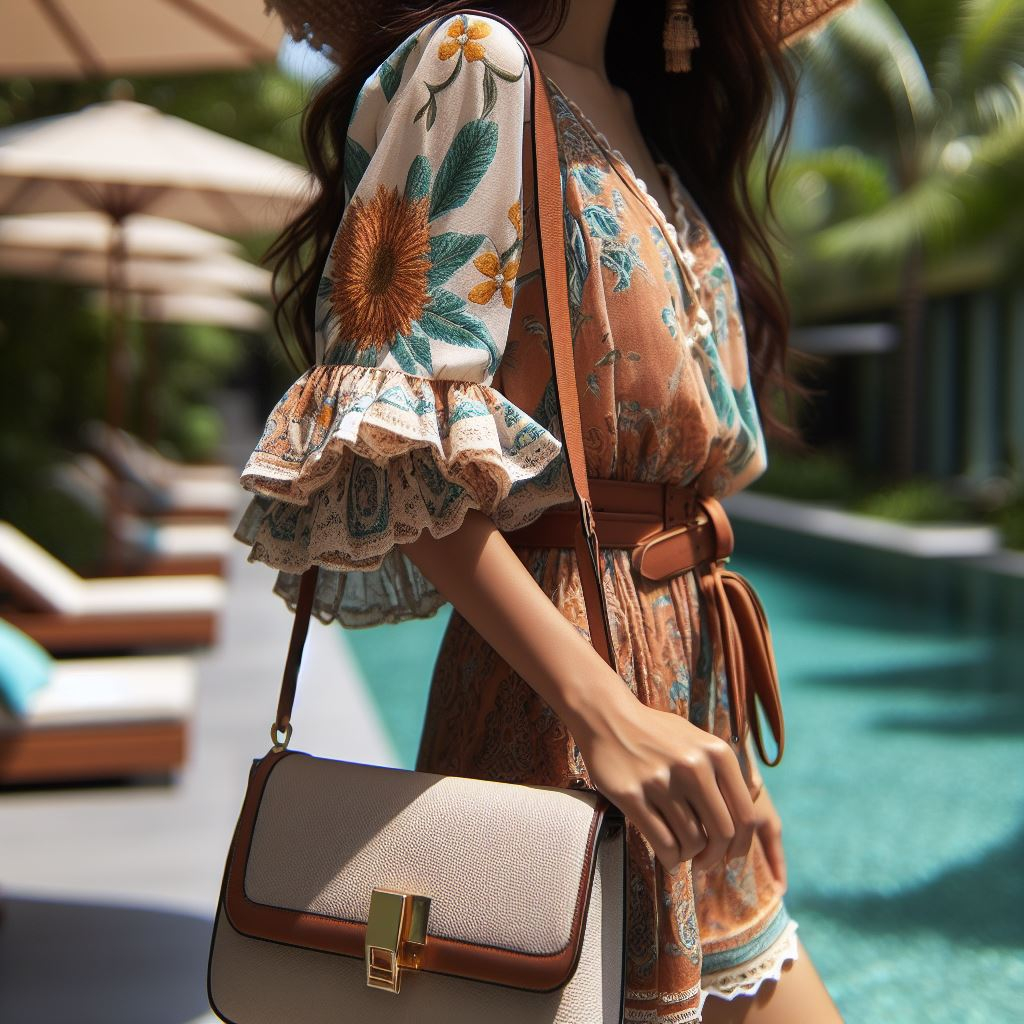
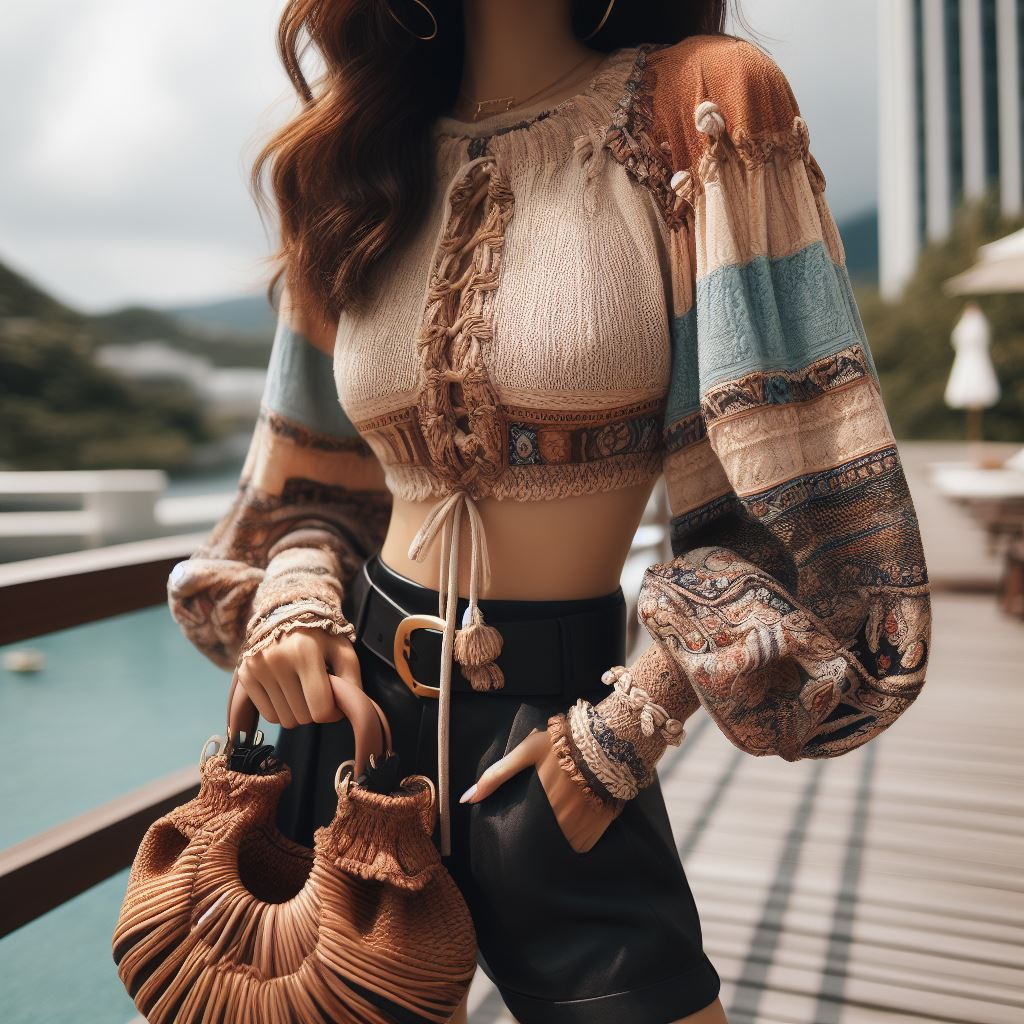
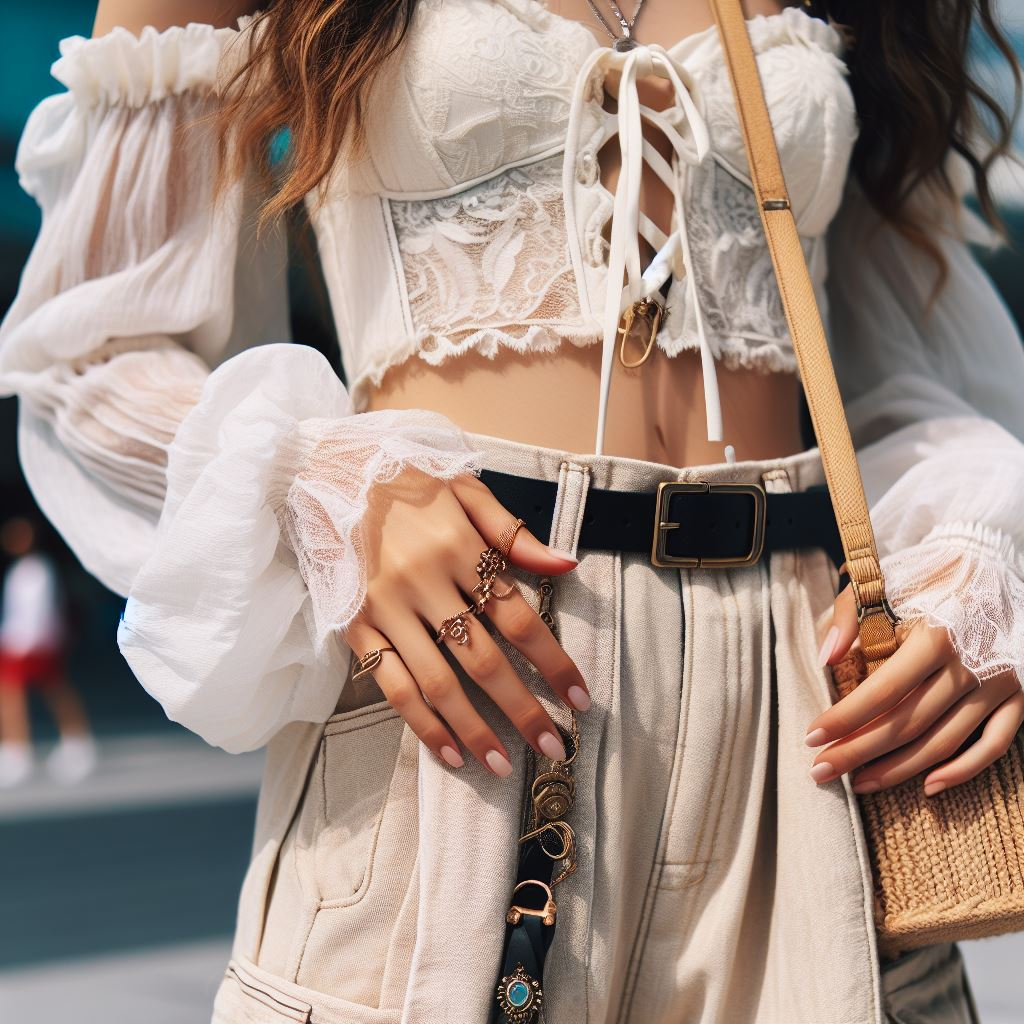
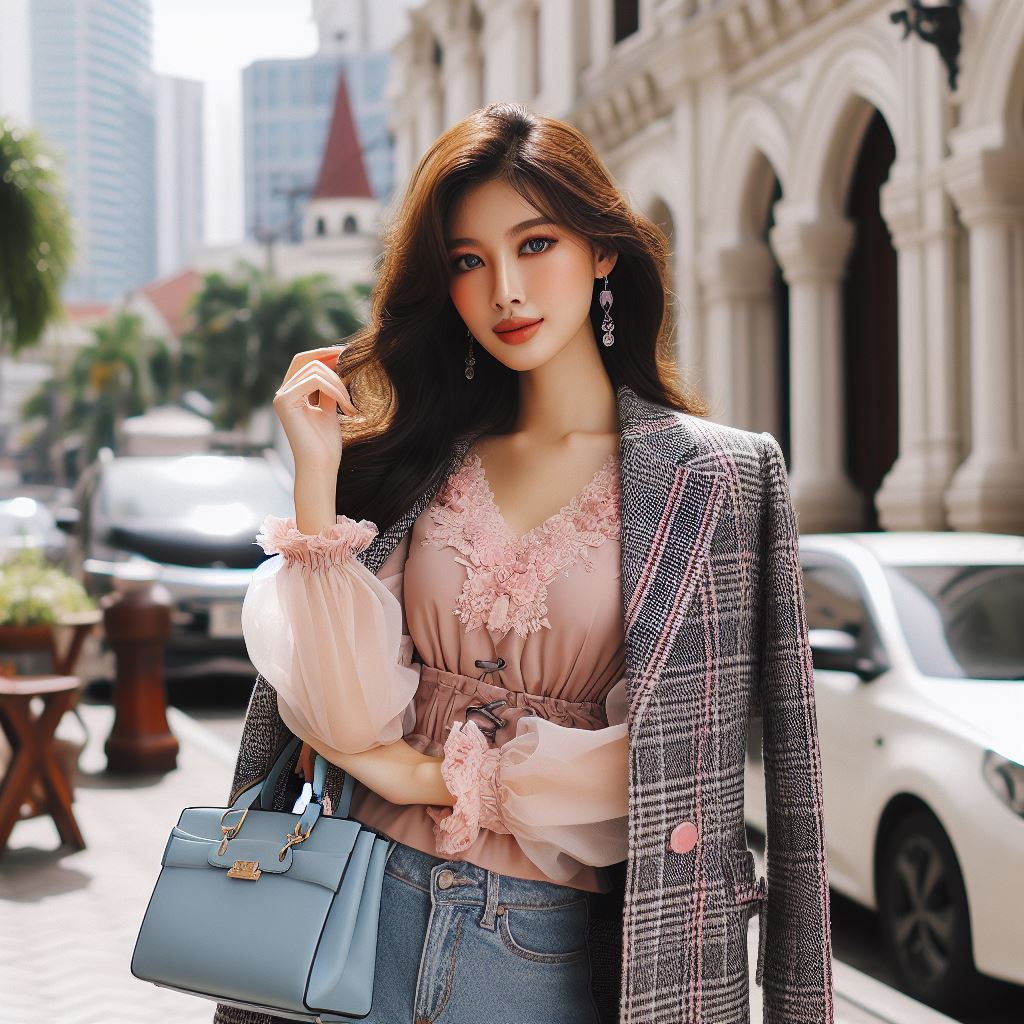

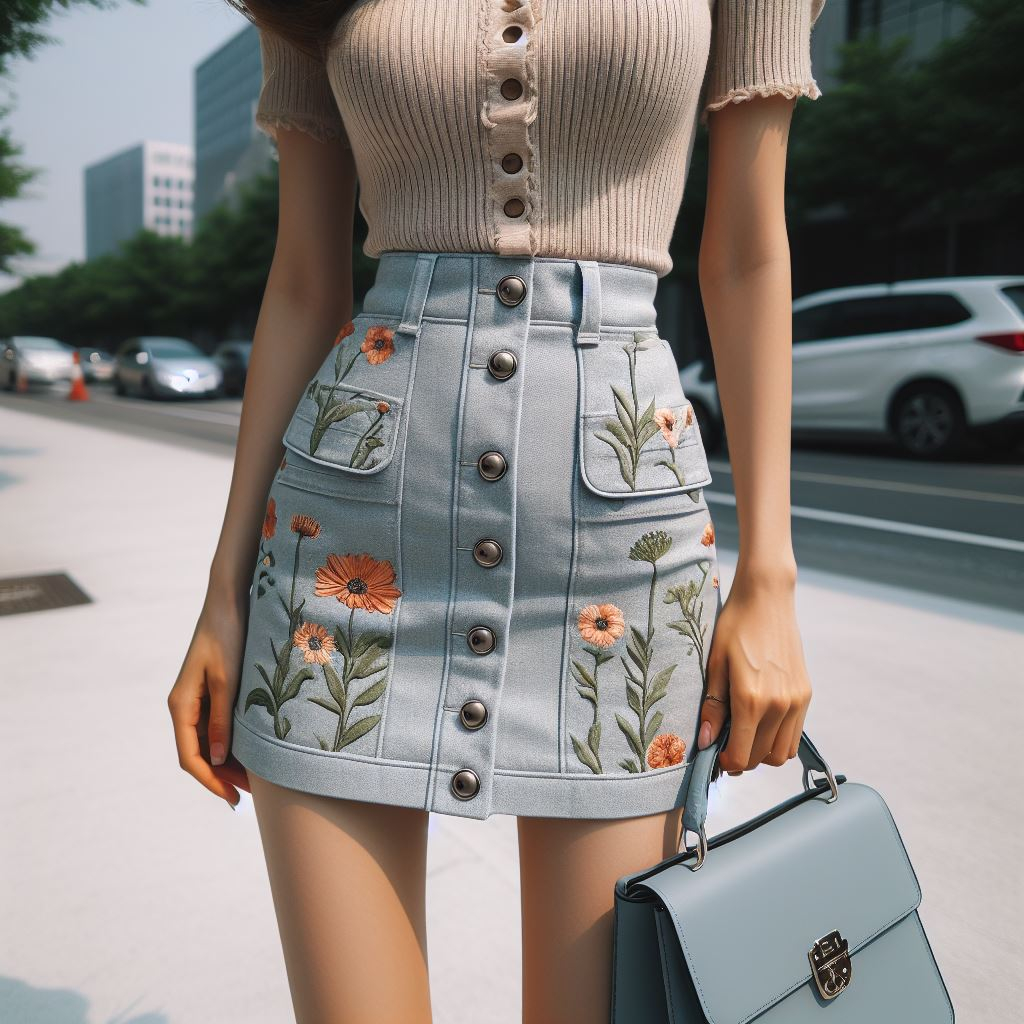
2. Reselling Economy: Influencers as Key Players
The reselling economy, fueled by the scarcity of exclusive items, has become a lucrative market where influencers play a significant role. Social media platforms, particularly Instagram and dedicated resale apps like StockX, provide influencers with a marketplace to showcase their items for sale. Limited edition sneakers, rare streetwear pieces, and coveted accessories often change hands at prices significantly higher than their retail value.
Influencers leverage their credibility and following to establish themselves as trusted resellers, facilitating transactions within their community. This dynamic has transformed the resale market into a digital marketplace where influencers not only participate but also influence prices and trends based on their endorsements.
Challenges and Critiques: Authenticity, Diversity, and Cultural Appropriation
While the digital age has propelled streetwear to new heights, it has also brought forth challenges and critiques that demand reflection. Authenticity, diversity, and cultural appropriation have become focal points of discussions within the streetwear community, prompting influencers, brands, and enthusiasts to reassess their roles in shaping the culture.
1. Authenticity vs. Commercialization
As streetwear gains mainstream recognition, the tension between authenticity and commercialization becomes apparent. Influencers, often at the crossroads of personal expression and brand partnerships, grapple with maintaining their genuine connection with the community while navigating the demands of sponsored content and collaborations.
The blurred lines between organic street style and orchestrated brand campaigns raise questions about the integrity of the culture. Influencers who successfully strike a balance between authenticity and commercial endeavors are celebrated, while those perceived as prioritizing commercial gain over genuine expression face scrutiny.
2. Diversity and Inclusivity Challenges
Despite the global reach of streetwear in the digital age, challenges related to diversity and inclusivity persist. Influencers, as prominent figures within the community, play a crucial role in addressing these challenges. Discussions about representation, cultural sensitivity, and the need for diverse voices in the streetwear narrative have gained traction.
Influencers who champion inclusivity, featuring a range of styles, body types, and backgrounds, contribute to a more representative and welcoming community. However, the industry as a whole grapples with the need for systemic change to ensure that streetwear remains accessible and relevant to a diverse audience.
3. Cultural Appropriation and Sensitivity
Cultural appropriation within streetwear has sparked conversations about the ethical considerations surrounding the adoption of elements from different cultures. The digital age amplifies the visibility of these issues, with influencers facing scrutiny for appropriating cultural symbols, styles, or practices without proper understanding or respect.
In response, influencers are increasingly mindful of the cultural implications of their fashion choices. Acknowledging the origins and meanings behind specific styles, collaborating with artists from the respective cultures, and using their platforms to educate followers are ways in which influencers strive to navigate the complex terrain of cultural sensitivity.
Some More Stunning Streetwear In Digital Age Inspirations For You:
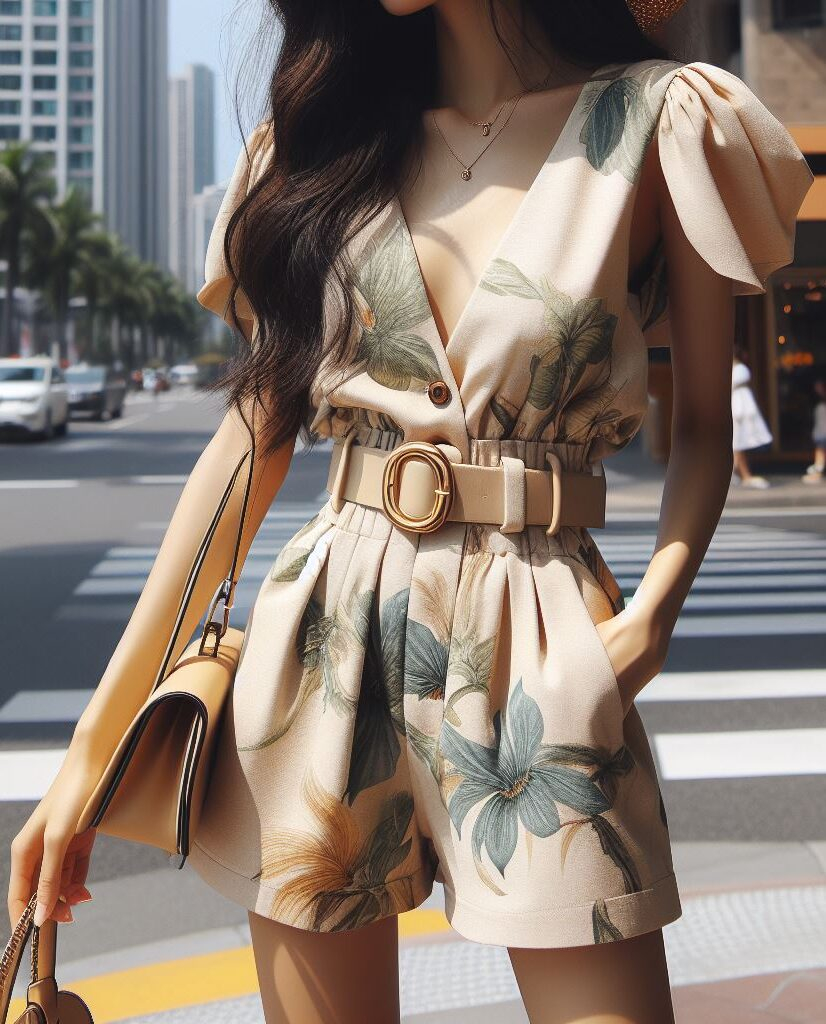
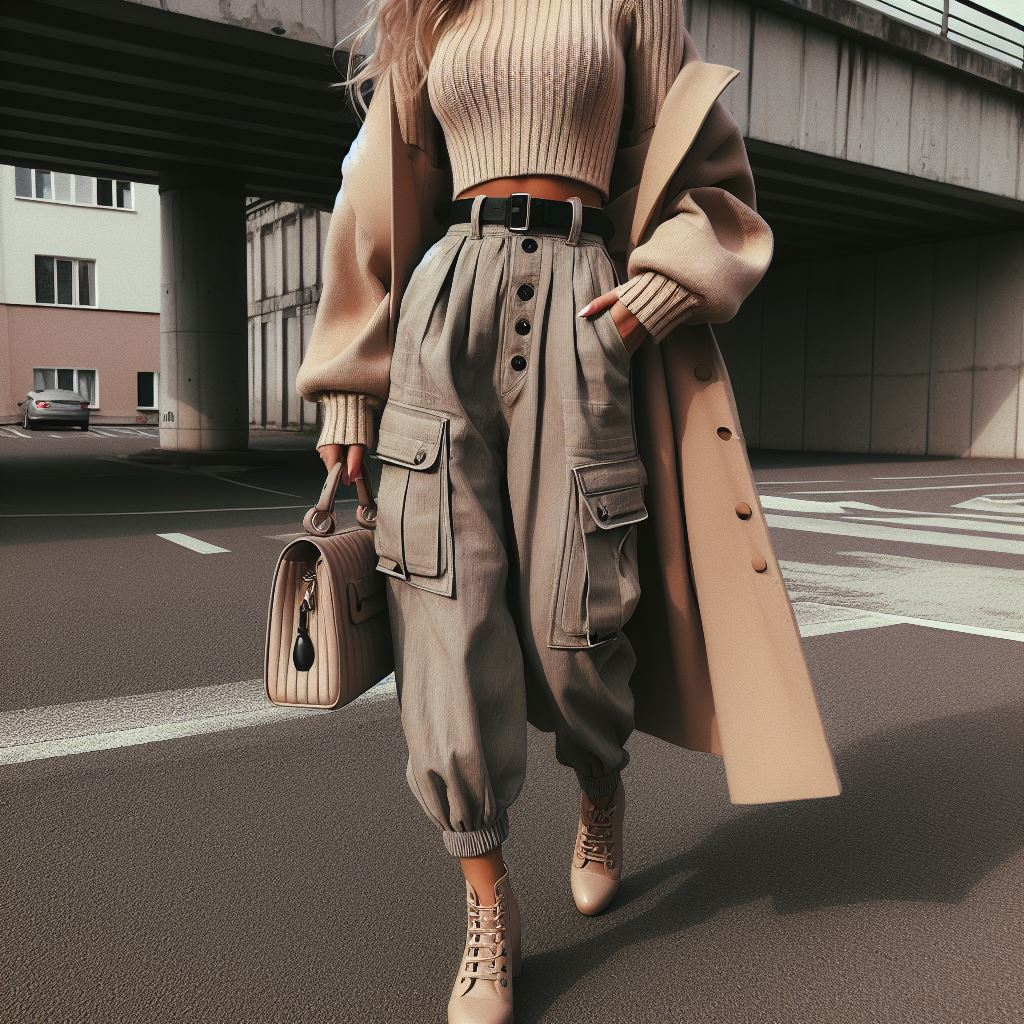
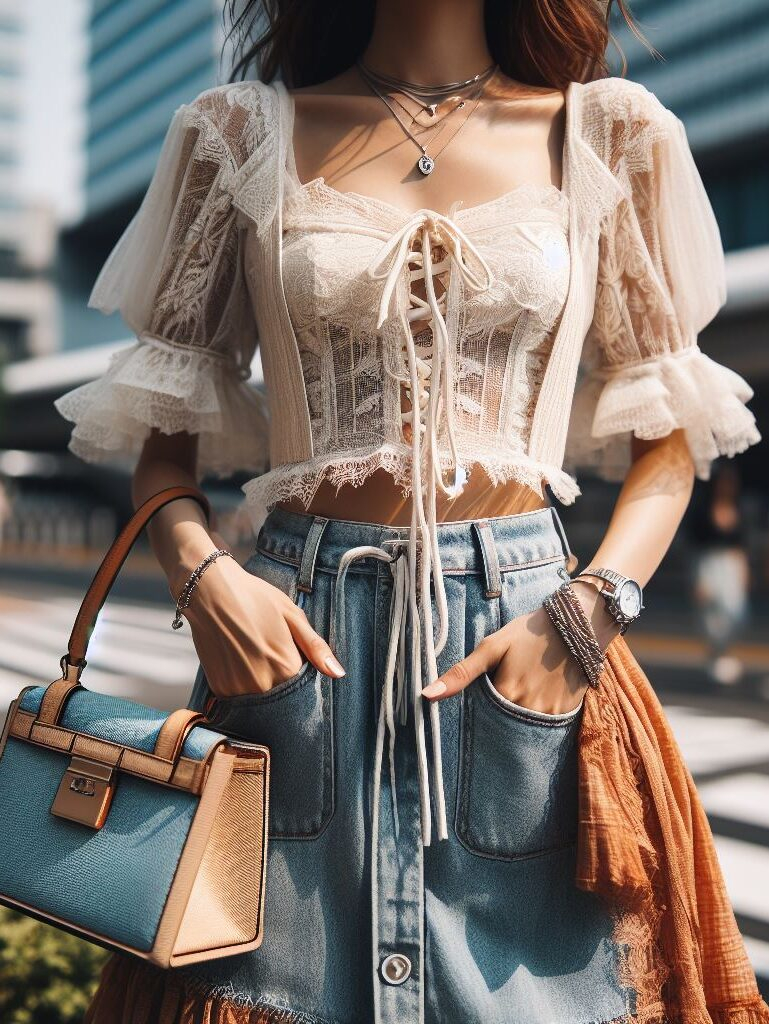
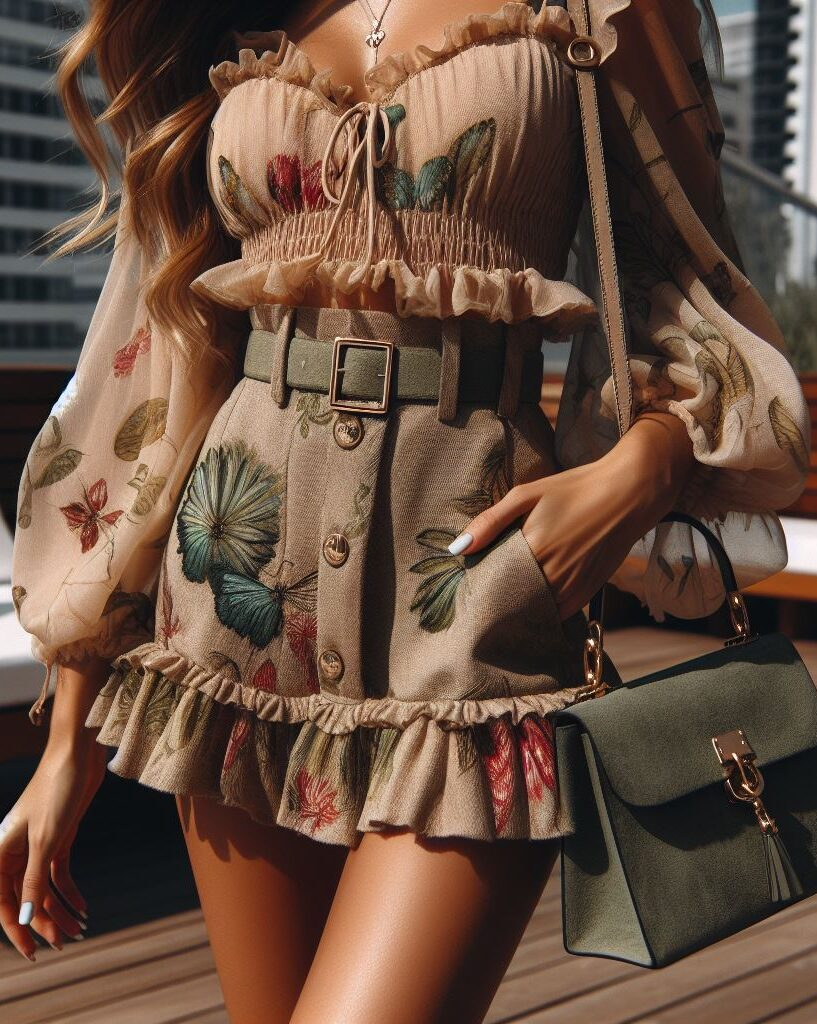
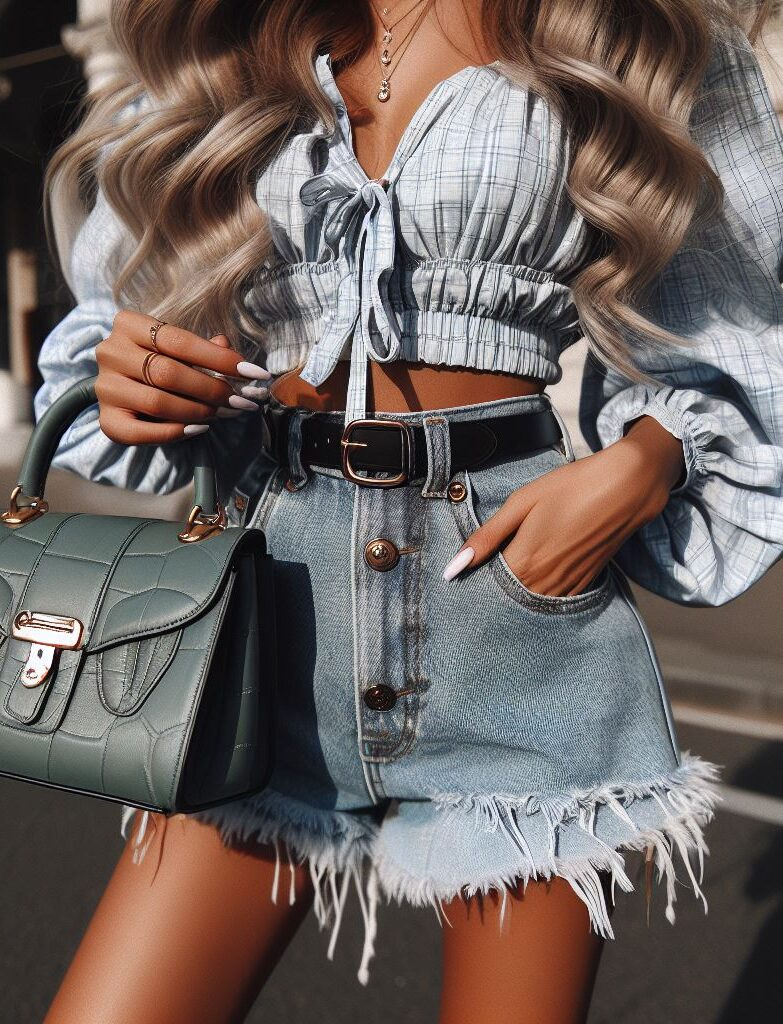


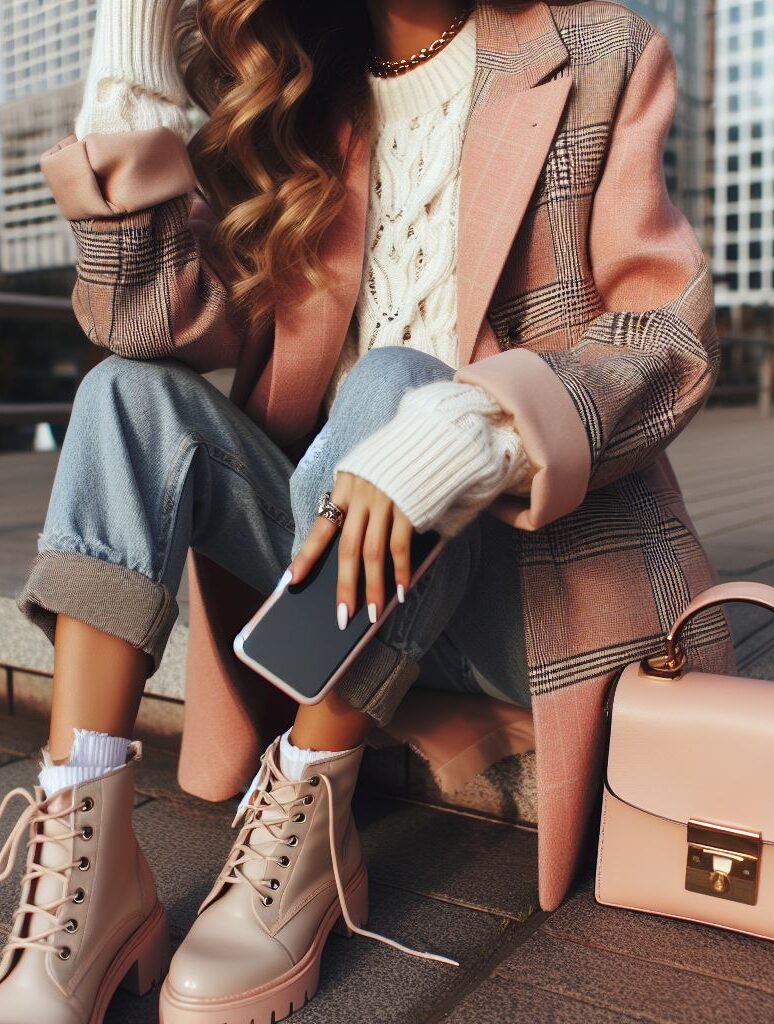
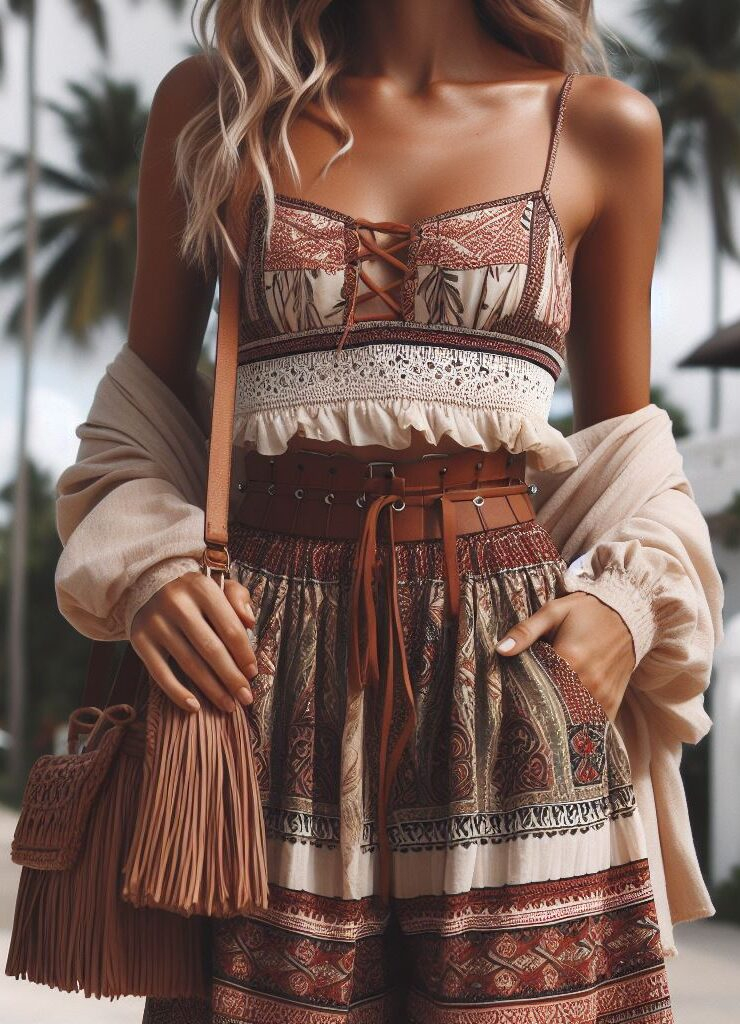
Is Streetwear a style statement or a fashion revolution?
Streetwear, at its core, represents more than just a style statement; it embodies a profound fashion revolution that has permeated global culture. Originating from the streets and subcultures, this style has evolved beyond mere clothing choices to become a powerful cultural force that challenges traditional fashion norms.
At its essence, streetwear is a style statement that transcends the conventional boundaries of fashion. It is an expression of individuality, a canvas where personal narratives are painted through unique clothing combinations. From graphic tees and oversized hoodies to coveted sneakers, streetwear encapsulates the authenticity of self-expression. It’s a rebellion against the mainstream, a declaration that fashion is not confined to runways but thrives in the everyday lives of individuals.
However, streetwear goes beyond being just a personal style choice; it signifies a fashion revolution that has redefined the industry. Emerging from the counterculture movements of the 20th century, streetwear disrupted the elitist narrative of fashion, making high-end styles accessible to a broader audience. Brands like Supreme and Off-White have not only become synonymous with streetwear but have also challenged the hierarchical structure of the fashion industry.
The revolution lies in the democratization of fashion, where individuals dictate trends rather than conforming to them. Streetwear’s influence extends to high fashion runways, with luxury brands collaborating with streetwear labels and drawing inspiration from the streets. This cross-pollination has blurred the lines between high and low fashion, creating a dynamic landscape where creativity knows no bounds.
Moreover, streetwear has become a cultural movement that resonates beyond clothing. It’s a reflection of societal shifts, a voice for the marginalized, and a celebration of diversity. Influencers and communities on social media platforms amplify the movement, turning it into a global conversation that challenges norms and fosters inclusivity.
In essence, streetwear is a style statement that signifies a fashion revolution. It’s a fusion of individual expression, cultural influence, and a democratized approach to fashion that has disrupted the industry’s traditional hierarchy. Beyond clothing, it stands as a symbol of empowerment, a voice for the unheard, and a testament to the transformative power of fashion in shaping and reflecting the pulse of society.
Looking Ahead: The Future of Streetwear in the Digital Sphere
As streetwear continues to evolve in the digital age, several key trends and shifts are shaping its future trajectory.
1. Sustainability as a Driving Force
The growing emphasis on sustainability in the fashion industry is reshaping streetwear practices. Influencers are championing sustainable fashion choices, advocating for ethical production, and encouraging followers to adopt more conscious consumption habits. Brands are responding by incorporating sustainable materials, reducing waste, and engaging in eco-friendly initiatives.
2. Technology Integration
Advancements in technology, from augmented reality to virtual fashion shows, are poised to revolutionize the streetwear experience. Influencers will leverage technological innovations to offer immersive content, and brands will explore new ways to engage consumers through interactive experiences, personalized recommendations, and virtual try-ons.
3. Continued Emphasis on Inclusivity
The call for diversity and inclusivity will persist, with influencers at the forefront of championing these values. The digital streetwear community will increasingly celebrate a wide spectrum of styles, backgrounds, and identities, fostering an environment where everyone feels represented and welcomed.
4. Community-Driven Initiatives
Online communities will remain central to the streetwear experience. Influencers will play a pivotal role in facilitating community-driven initiatives, from virtual events to collaborative projects. Brands will recognize the power of grassroots movements within these communities and actively seek to engage with and support their initiatives.
5. Authenticity as a Currency
Authenticity will continue to be a prized currency in the streetwear realm. Influencers who maintain genuine connections with their audience, prioritize personal expression, and navigate brand partnerships with integrity will stand out in a landscape saturated with content.
6. Cultural Sensitivity as Standard Practice
As the industry confronts challenges related to cultural appropriation, influencers will increasingly embrace cultural sensitivity as a standard practice. Acknowledging and respecting the origins of specific styles, collaborating with creators from diverse backgrounds, and using platforms for educational purposes will become integral to influencer practices.
Some More Stunning Streetwear In Digital Age Inspirations For You:

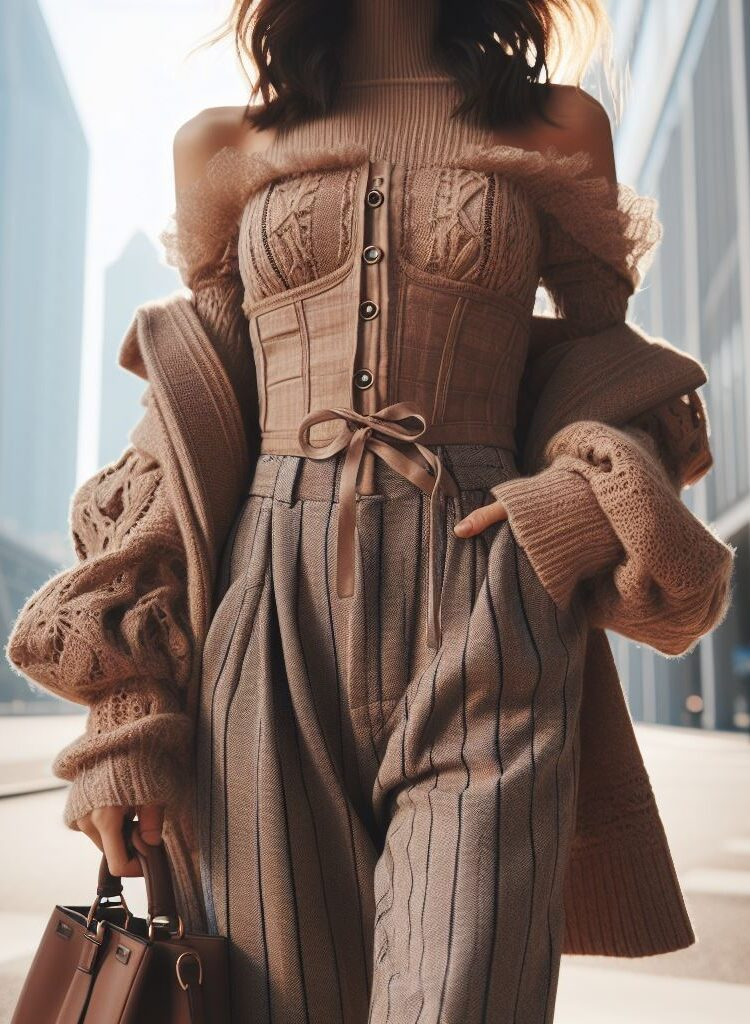
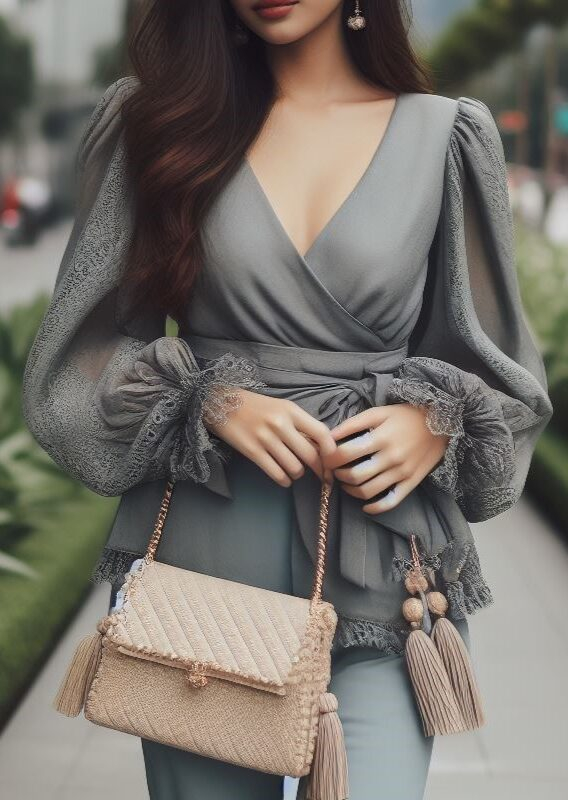


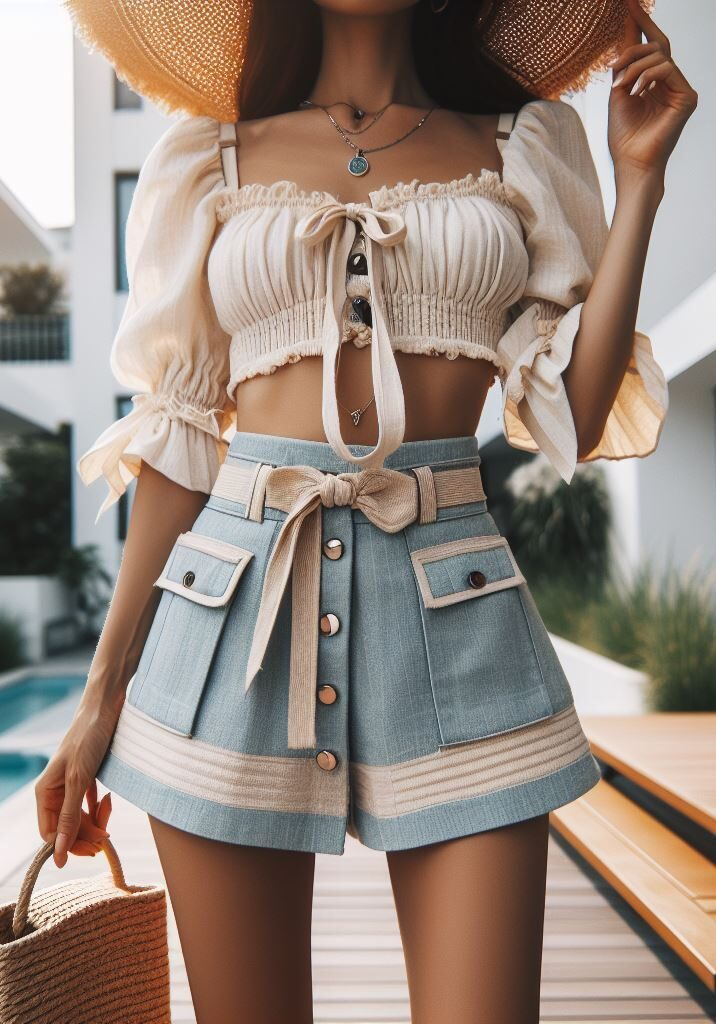
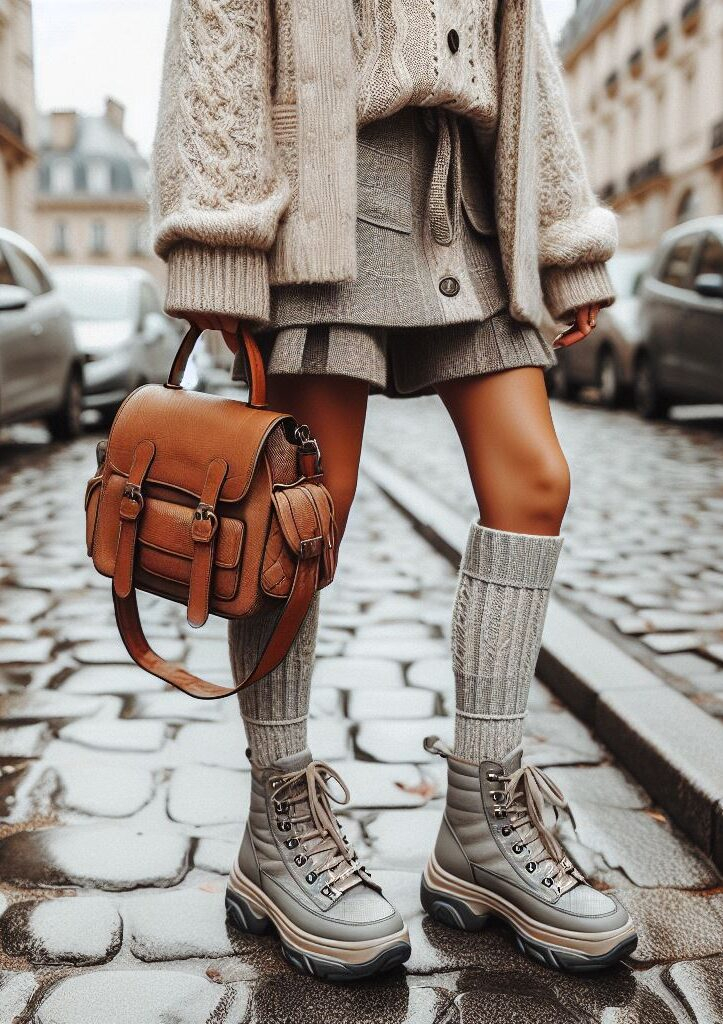
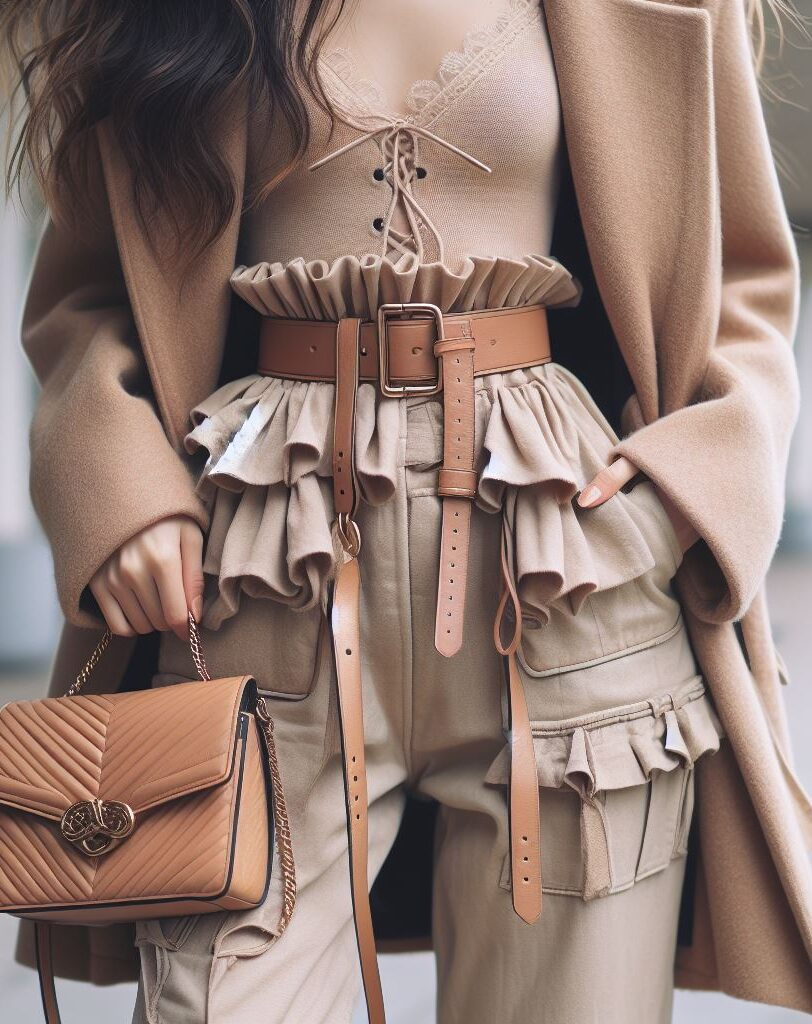
Conclusion
Streetwear’s journey in the digital age reflects a transformative synergy between individual expression and online connectivity. Influencers, social media platforms, and online communities have not only propelled streetwear to unprecedented heights but have also sparked crucial conversations about authenticity, diversity, and cultural responsibility.
As we navigate the future of streetwear in the digital sphere, the enduring appeal of this cultural phenomenon lies in its ability to adapt, challenge norms, and serve as a canvas for self-expression. Influencers, with their unique perspectives and powerful reach, will continue to shape the narrative, while the global community of streetwear enthusiasts remains at the heart of this ever-evolving cultural tapestry. Streetwear’s digital journey is one marked by creativity, collaboration, AI-Generated Trends and a collective determination to redefine the boundaries of fashion in the 21st century.
5 thoughts on “Streetwear in the Digital Age: Influencers, Social Media, and Online Communities”